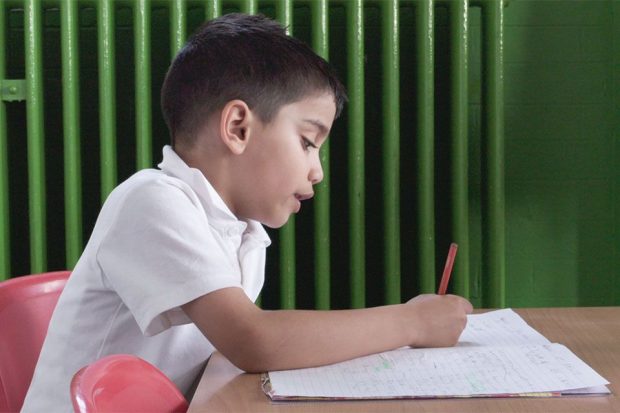Supporting teachers for the upcoming year
Yesterday, Thursday 29 August, the Education Secretary Gavin Williamson held his first meeting with representatives from the major teaching unions.
Yesterday, Thursday 29 August, the Education Secretary Gavin Williamson held his first meeting with representatives from the major teaching unions.

Thanks to our reforms, apprenticeships are now longer, higher-quality, with more off-the-job training and have a proper assessment at the end. They are giving people of all ages and backgrounds the chance to gain the skills to get ahead in life. There are now over 450 of our new high-quality apprenticeships available at all levels in everything from chef, solicitor, aerospace engineer and marine pilot.

Mental health is just as important as physical health – and should be treated as such. This government has made mental health a priority. On top of teaching pupils about mental health through the new health education curriculum, we will also be providing guidance to schools on the different tools available to schools to measure pupil wellbeing for different purposes.

We are determined to create more choice for parents when it comes to their children’s education and we have created around 920,000 school places since 2010, and are on track to see that number rise to a million by 2020. Standards have also risen, with 85% of schools now rated good or outstanding by Ofsted, compared to 68% in 2010.
In light of today's GCSE results and the exciting array of next steps available to young people, Jessica’s blog looks at her inspiring career journey to date, how apprenticeships can be a great tool to increasing social mobility, and the importance of more women taking up engineering.
Today’s results are also show entries to EBacc subjects have risen by 3.7%. This refers to foreign languages, maths, English, science and humanities – subjects which all develop useful skills and prepare pupils for their next step.

Using the disadvantage gap index, the disadvantage attainment gap at key stage 2 has decreased in each of the last seven years, narrowing by 3% in the latest year and 13.2% since 2011. New guidance available through the Education Endowment Foundation will help schools make good choices to improve their disadvantaged pupils’ outcomes.

Today’s Education in the Media blog looks at reports of students overpaying their student loans. The blog also looks at the Department for Education’s response to a story about food standards in the event of exiting the EU without a …

Today’s Education in the Media blog looks at a letter published in the Telegraph today, Monday 19 August, from former Education Secretary Lord Baker to the current Education Secretary, Gavin Williamson.

Today’s Education in the Media Blog looks at coverage of yesterday’s A level results.